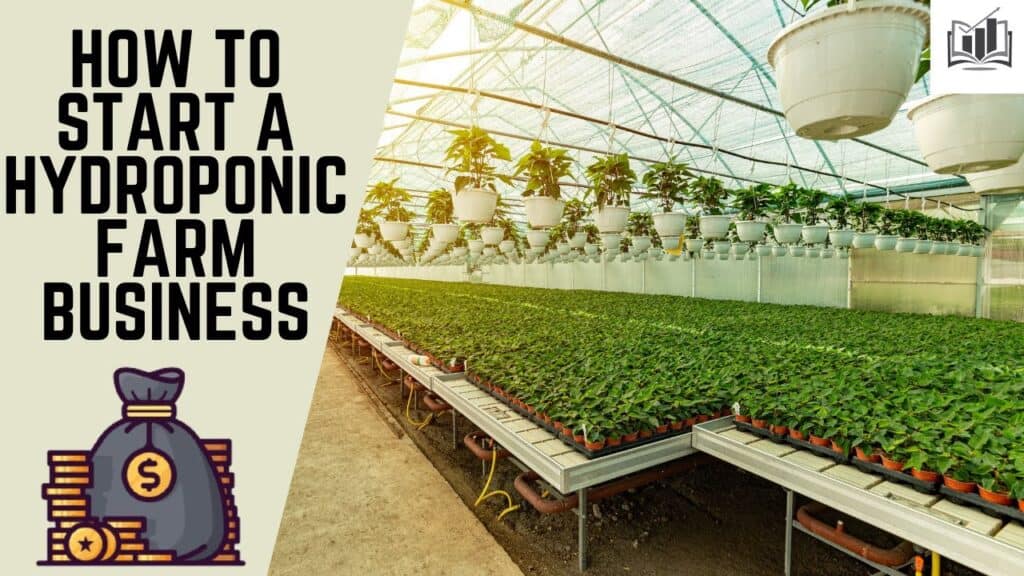Proper food handling is essential for maintaining food safety and preventing foodborne illnesses. One food that requires particular attention is salmon, a popular and nutritious fish that is enjoyed by many. However, there is a common practice of washing salmon before cooking that has sparked controversy in recent years. So, should you wash salmon before cooking?
In this article, we will explore the importance of proper food handling for salmon and delve into the debate surrounding washing salmon before cooking.
The Importance of Proper Food Handling: Salmon Edition
Salmon is considered a high-risk food for contamination due to its natural habitat and the potential for exposure to various contaminants. Mishandling salmon can lead to serious health risks and consequences for consumers. Proper food handling practices are crucial to ensure the safety of salmon and prevent the spread of harmful bacteria and parasites.
When salmon is not handled properly, it can become contaminated with bacteria such as Salmonella and Listeria, as well as parasites like tapeworms. Consuming contaminated salmon can result in foodborne illnesses, which can range from mild gastrointestinal symptoms to more severe complications, especially for vulnerable populations such as young children, pregnant women, and the elderly.
Debunking the Myth: Do You Really Need to Wash Salmon Before Cooking?
One common belief is that washing salmon before cooking is necessary to remove any potential contaminants. However, this practice has been debunked by experts in the field of food safety.
Washing salmon can actually increase the risk of cross-contamination in the kitchen, as water droplets can spread bacteria to other surfaces.
The argument against washing salmon is based on the fact that cooking at the proper temperature can effectively kill bacteria and parasites that may be present on the fish. By following proper cooking techniques and using a food thermometer to ensure that the internal temperature reaches a safe level, there is no need to wash salmon before cooking.
Understanding the Risks: Potential Contaminants in Salmon
Salmon can be contaminated with various types of contaminants, including bacteria, parasites, and chemicals. Bacteria such as Salmonella and Listeria can be present in raw salmon and can cause foodborne illnesses if consumed. Parasites like tapeworms can also be found in salmon, especially if it is not properly cooked.
In addition to biological contaminants, salmon can also be exposed to chemicals such as mercury and polychlorinated biphenyls (PCBs). These chemicals can accumulate in the fatty tissues of fish and pose health risks if consumed in high amounts. Pregnant women and young children are particularly vulnerable to the harmful effects of these chemicals.
The Role of Cooking in Killing Bacteria: Is Washing Necessary?
Cooking salmon at the proper temperature is crucial for killing bacteria and parasites that may be present. The internal temperature of cooked salmon should reach at least 145°F (63°C) to ensure that any potential pathogens are destroyed. Using a food thermometer is the best way to ensure that salmon is cooked to a safe temperature.
By relying on cooking to kill bacteria, there is no need to wash salmon before cooking. In fact, washing salmon can increase the risk of cross-contamination in the kitchen. Water droplets can spread bacteria from the surface of the fish to other surfaces, utensils, and hands, leading to potential foodborne illnesses.
Expert Opinions: What Do Health Authorities Recommend?
Health authorities such as the Food and Drug Administration (FDA) and the Centers for Disease Control and Prevention (CDC) have issued recommendations regarding the washing of salmon before cooking. These recommendations align with the argument against washing salmon and emphasize the importance of proper cooking techniques.
The FDA advises against washing raw seafood, including salmon, before cooking. They state that washing seafood does not remove bacteria or parasites and can actually increase the risk of cross-contamination. The CDC also supports this stance and recommends cooking seafood to a safe internal temperature to ensure food safety.
The Science Behind Washing Salmon: Does It Make a Difference?
Scientific studies have been conducted to determine the effectiveness of washing salmon before cooking. These studies have consistently shown that washing salmon does not remove bacteria or parasites and can actually increase the risk of cross-contamination.
One study published in the Journal of Food Protection found that washing salmon with tap water did not significantly reduce bacterial contamination. Another study published in the Journal of Food Science found that washing salmon with water actually increased the risk of cross-contamination, as water droplets spread bacteria to other surfaces.
These findings support the argument against washing salmon before cooking and provide scientific evidence to debunk the common belief that washing is necessary.
The Potential Consequences: Cross-Contamination and Foodborne Illnesses
Cross-contamination is a significant risk associated with washing salmon before cooking. When water droplets spread bacteria from the surface of the fish to other surfaces, utensils, and hands, it can lead to the contamination of other foods and increase the risk of foodborne illnesses.
Foodborne illnesses can cause a range of symptoms, including nausea, vomiting, diarrhea, abdominal pain, and fever. In severe cases, they can lead to hospitalization and even death. By avoiding the practice of washing salmon before cooking, individuals can reduce the risk of cross-contamination and prevent foodborne illnesses.
Safe Alternatives: Other Precautions to Ensure Salmon Safety
While washing salmon before cooking is not recommended, there are other precautions that individuals can take to ensure the safety of their salmon. One important step is to purchase salmon from reputable sources that follow proper handling and storage practices.
Proper storage and handling of salmon at home is also crucial. Salmon should be stored in the refrigerator at a temperature below 40°F (4°C) to prevent bacterial growth. It should be thawed in the refrigerator or using the defrost function of a microwave, rather than at room temperature, to avoid the risk of bacterial growth.
Best Practices: How to Handle Salmon Safely in the Kitchen
To handle salmon safely in the kitchen, it is important to follow best practices for storage, thawing, and cooking. Here are some guidelines to ensure salmon safety:
1. Storage: Keep salmon refrigerated at a temperature below 40°F (4°C) and consume it within two days of purchase.
2. Thawing: Thaw frozen salmon in the refrigerator or using the defrost function of a microwave. Avoid thawing at room temperature to prevent bacterial growth.
3. Cooking: Cook salmon to a safe internal temperature of at least 145°F (63°C). Use a food thermometer to ensure proper cooking.
4. Cleaning: Clean all surfaces, utensils, and hands that come into contact with raw salmon to prevent cross-contamination.
Weighing the Pros and Cons: Making an Informed Decision about Washing Salmon
After considering the arguments for and against washing salmon before cooking, it is important for individuals to make an informed decision based on their own risk tolerance and preferences. While washing salmon is not necessary for food safety, some individuals may still choose to do so for personal reasons.
It is crucial, however, to follow proper food handling practices and prioritize food safety in the kitchen. This includes using a food thermometer to ensure that salmon is cooked to a safe internal temperature and avoiding cross-contamination by properly cleaning surfaces, utensils, and hands.
Conclusion
Proper food handling is essential for maintaining food safety, especially when it comes to high-risk foods like salmon. While there is controversy surrounding the practice of washing salmon before cooking, scientific evidence and recommendations from health authorities support the argument against washing.
By following best practices for storage, thawing, and cooking, individuals can ensure the safety of their salmon and reduce the risk of foodborne illnesses. It is important to prioritize food safety in the kitchen and make informed decisions based on the available information and personal risk tolerance.
Originally posted 2023-08-29 10:03:30.





